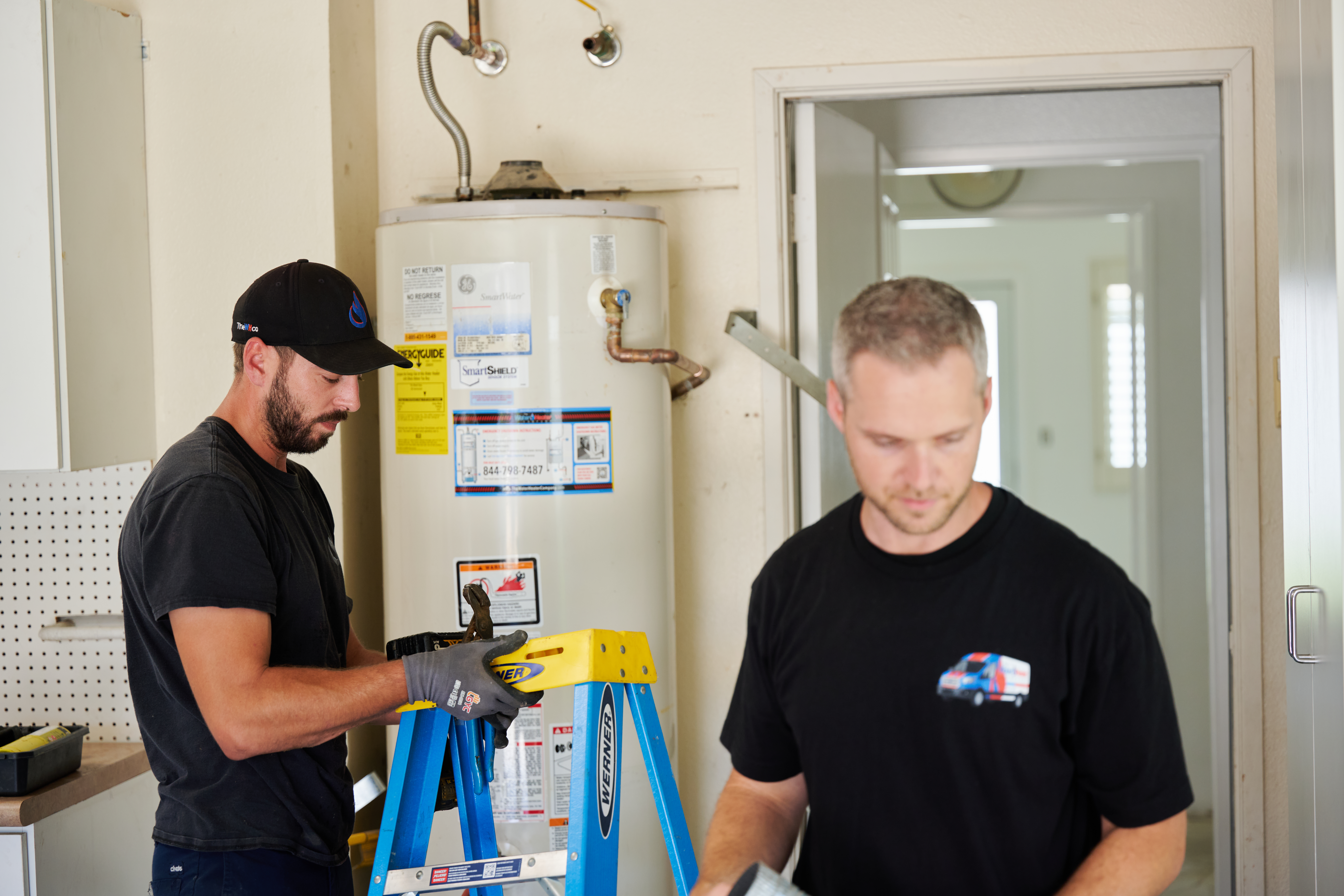
Learn about the different factors that go into water heater gas valve replacement costs to see if you should DIY the project or call a pro.
This addition will ensure your water heater never gets so hot that it hurts


Water heater expansion tanks limit excess pressure build-up in water heaters.
They’re composed of pressurized air and a bladder that inflates and shrinks to store water backflow.
Checking for leaks, fixing broken or damaged connections, and gauging pressure levels are important maintenance tasks.
Water heater expansion tanks cost between $150 and $450.
Water heaters accumulate a lot of pressure. However, installing an expansion tank in your setup can be a helpful way to offload some of that heat so damage doesn’t occur. Whether you’re planning on adding one for the first time or are replacing the existing tank, it’s a good idea to learn about the basics of how an expansion like this works.
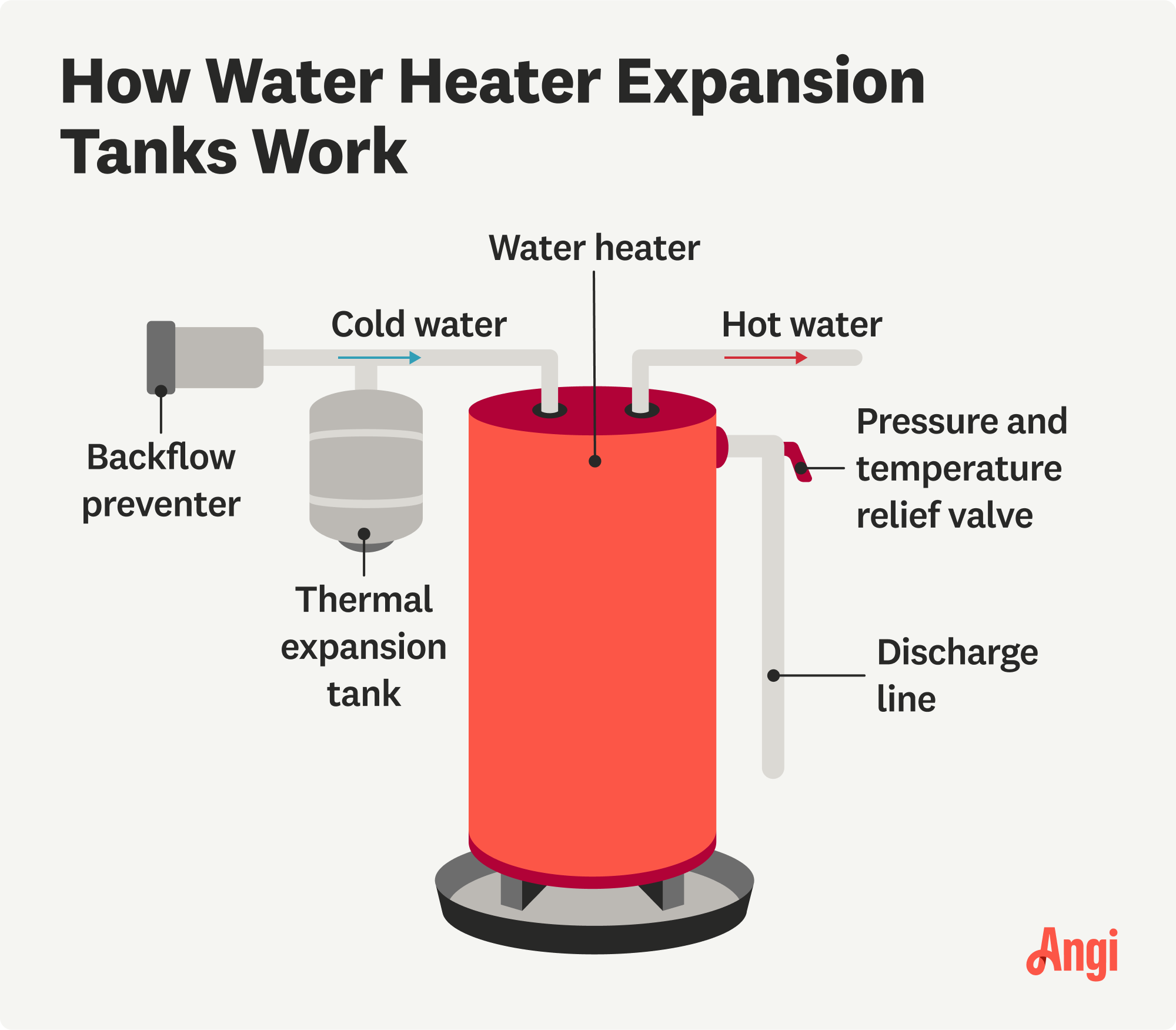
The water in your tank expands as it heats up. However, it has nowhere to go because the cold water valve that it comes through has checks in place to inhibit water from flowing back out. Without protective measures, that can cause the pressure in your central tank to build up to unsustainable levels—the standard PSI in water tanks is 50 to 100, and if it rises above this limit, damages can occur both inside the tank and in any appliances that use hot water in your home.
So, what is a water heater expansion tank? These additions provide an outlet for excess pressure and water so the levels in your central tank never get too high. Instead of having nowhere to go, surplus water can now flow into the expansion, where it will be balanced by built-in compressed air that prevents it from filling all the way up. In turn, this keeps the PSI levels normal in both the main tank and the expansion.
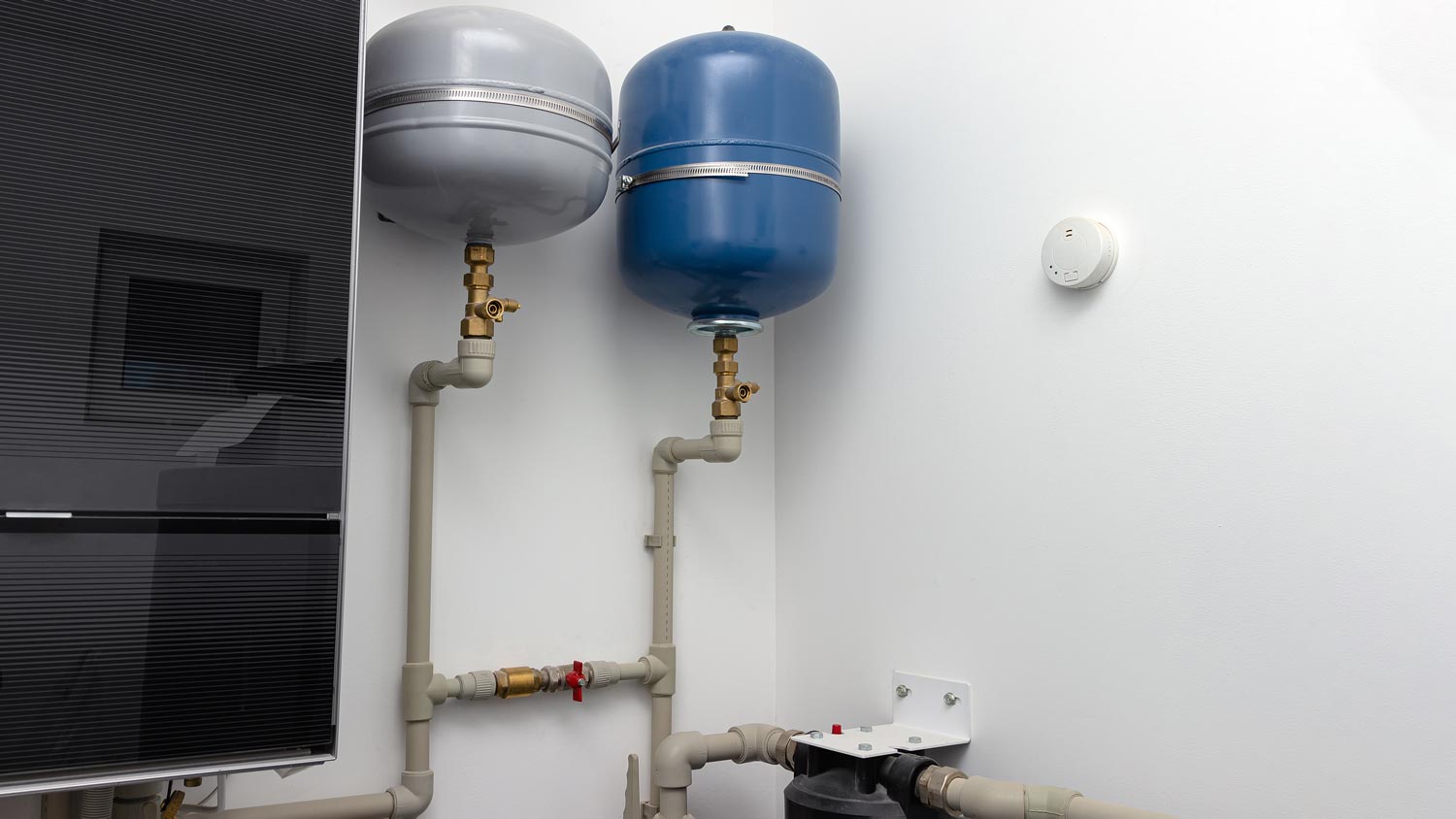
The number of parts in a water heater expansion tank is small compared to the main water heater, but they do a big job. Here’s everything that makes an extra like this work as it should.
The air valve is located at the top of an expansion tank and allows you to quickly and easily measure the pressure within the tank with a pressure gauge. Simply attach the accessory to the valve and wait a few moments to get a reading. The PSI will be listed on new expansion tanks when purchased, but taking this extra step allows you to verify these levels and ensure that you’re not unintentionally installing a faulty product.
Similarly, you can use this element to gauge pressure levels on an existing tank if you suspect it’s malfunctioning. Always seal with the rubber cap to prevent pressurized air from leaking out and causing the system to fail sooner than it should.
The tank itself is typically made of stainless steel or aluminum and features two openings: one for the air valve and another for the cold water valve.
Inside the tank are two components: pressurized air and a bladder that expands and shrinks as necessary to accommodate water flow. The pressurized air will prevent the bladder from expanding and filling the tank completely, but if it does anyway, that’s a sign you need to make a replacement or hire someone who fixes water heaters ASAP.
When a water heater has too much water, it may try to exit via the cold water valve but fail because of the checks that prevent reverse water flow. That’s why expansion tanks connect to cold water valves. Instead of having nowhere to go, the excess water will now find a home in this new addition rather than being returned to the heater, where it will cause pressure to continue building.
This part is the intermediary between a water heater's cold water valve and the pipe connecting it to the expansion tank. It’s designed to prevent corrosion that can occur when different types of metals come into contact, like a copper pipe linked to a stainless steel heater.
This part connects to the dielectric union at the base and a tee fitting that will connect to the expansion tank pipe at the top.
The tee fitting connects to the top of the adapter and the bottom of the expansion tank pipe.
This pipe is the final measure that connects a water heater and an expansion tank. Once it’s installed, your system is ready to be tested.
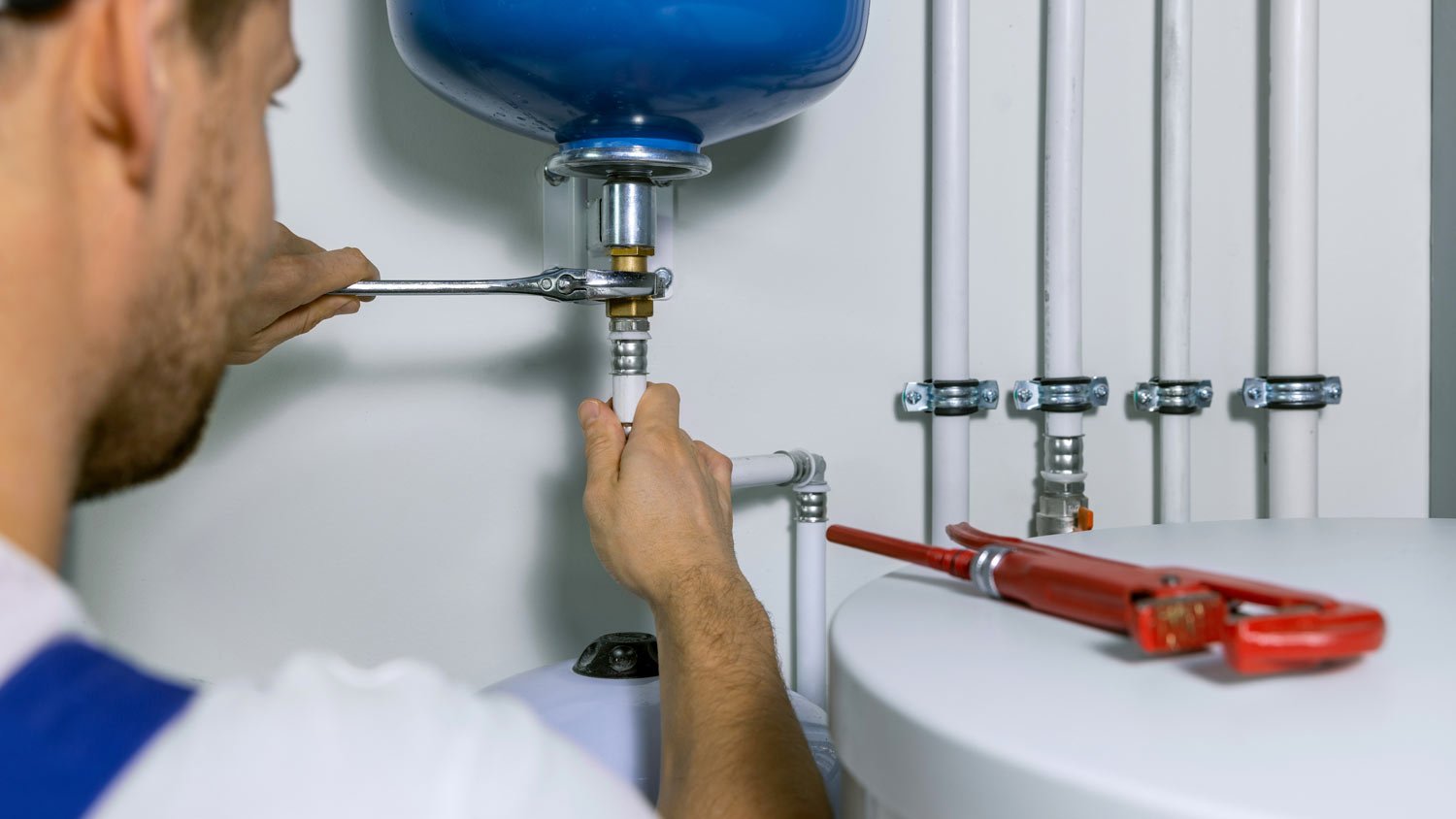
Water heater expansion tanks cost between $150 and $450 on average, while small water heater repairs are equivalently priced. What’s more, some expansion tank damages are near impossible to fix, so you might find you’re better off opting to replace over repair.
Add these to your water heater checklist to keep it up and running for the long haul.
When the pressure levels in a water heater expansion tank are off, the bladder is more likely to fill all the way up, resulting in leaks. It won’t leak all the time like a broken faucet—but it will gush water any time you run a hot bath or fill the sink for washing your dishes. A pro may be able to restore the original pressure levels, but a replacement will be necessary if there’s already extensive damage.
You don’t need to wait for your expansion tank to start leaking to check the pressure levels. In fact, it’s a good idea to take a look once or twice a year whether there are problems or not. Remove the rubber cap covering the air valve, attach a pressure gauge, and check back in a moment for the reading. It should be the same as it was when you purchased it, and you’ll need to take action if not.
If the connections between the expansion tank and the central water heater start to erode or loosen, pressurized air or water backflow is more likely to leak out and cause problems. Sometimes you’ll notice these issues right away, but more likely, they won’t create any obvious damage until it’s too late to do anything about them. Avoid these scenarios by checking on the pipes and fittings that join your tank and water heater one or two times a year, and replacing any that are exhibiting signs of corrosion like rusting.
If you’ve decided you do need a water heater expansion tank, the natural next step is to wonder whether you can set it up yourself or if hiring a pro is absolutely necessary. Installing a water heater expansion tank is a relatively easy DIY, but some experts caution against going this route to avoid potential damages and costly repairs. If you’re not so sure about your skills in this department, consider hiring a water heater installation company near you to guarantee the job is done properly.
We hired KDK to remodel our master bathroom. Our experience from the first conversation thru the final inspection was fantastic. Dave has great ideas, incredible attention to detail, is very communicative, and is easy to work with. He helped us cut costs where he could, made great design...
Very quick service given that it was a relatively small job. Friendly, professional service.
Fox Trail Electric provided us with excellent professional diagnostics and service. Our pool pump disconnect blew when we opened our pool, and we contacted three companies for repair estimates. Not only was Fox Trail the best estimate, Brendan and Moses very quickly found the source of the...
Responded quickly to my request for an estimate for repair of our home roof and replacing the roof on a shed. Provided excellent customer service and did a great job on the roofing and repair. I hope I donâ t need them again but if I do I would definitely use them again.
They were professional, courteous and they addressed all my concerns and I thought they did a great job. I would not have hesitations and I would definitely hire them again. They did a great job.
Found Screaming Eagle through Home Advisor. I had three estimates for the job; Screaming Eagle had the best price, but also was clearly the most knowledgeable about the project. This was for a tankless water heater: of the others one of them clearly didn't know what they were talking about,...
My water heater was leaking, and within a few days of contacting this company a technician inspected the problem, sent me a price quote, scheduled a weekend installation, and the work was completed promptly, courteously, and for a reasonable price. Excellent customer service all around, and...
Excellent. John and Jim did a great job at a great price. They got the job done in eight days as promised. They brought extra water for power washing the house as to not affect my well. As we are new to cedar siding, they taught us the proper care and maintenance.
He was very polite and answered all of my questions (related to his services and not.) His prices were incredibly competitive and his availability was great. I appreciated how thorough he was and his cleanliness. Through inspection, he was able to see that the top of our chimney had water...
Rusty arrived at the house and completely checked the hot tub and determined that primary pump not working and needed replacing. Rusty ordered the pump and approximately 2.5 weeks later it arrived and scheduled the installation a couple of days later. Rusty arrived at the house as scheduled...
From average costs to expert advice, get all the answers you need to get your job done.

Learn about the different factors that go into water heater gas valve replacement costs to see if you should DIY the project or call a pro.
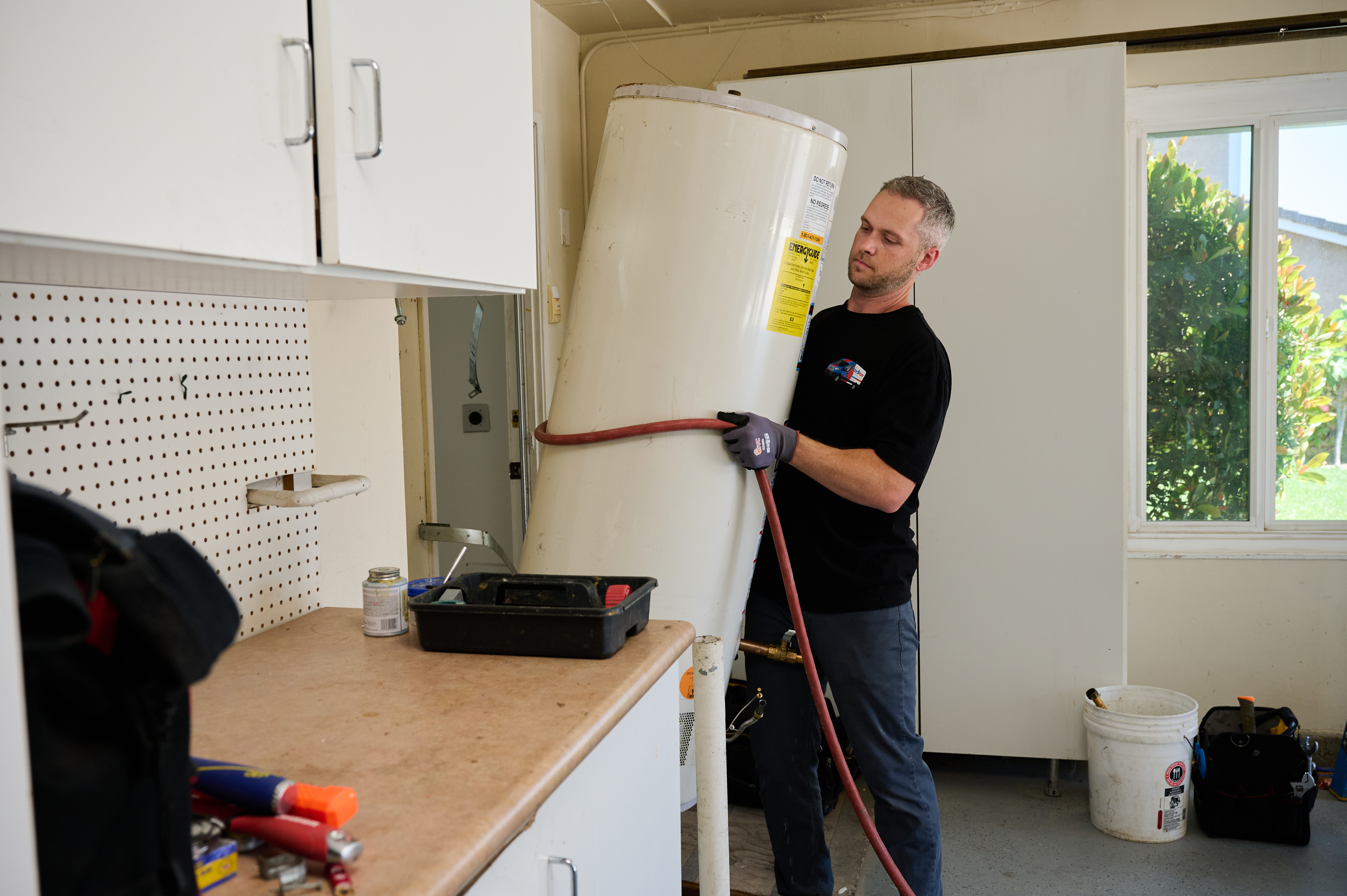
Looking to replace or upgrade your water heater? Use this water heater replacement cost guide to see what the work will cost and what factors affect your total.

Running out of hot water too quickly or hearing strange noises when you call for hot water? Use this water heater repair cost guide to see what a fix will cost.
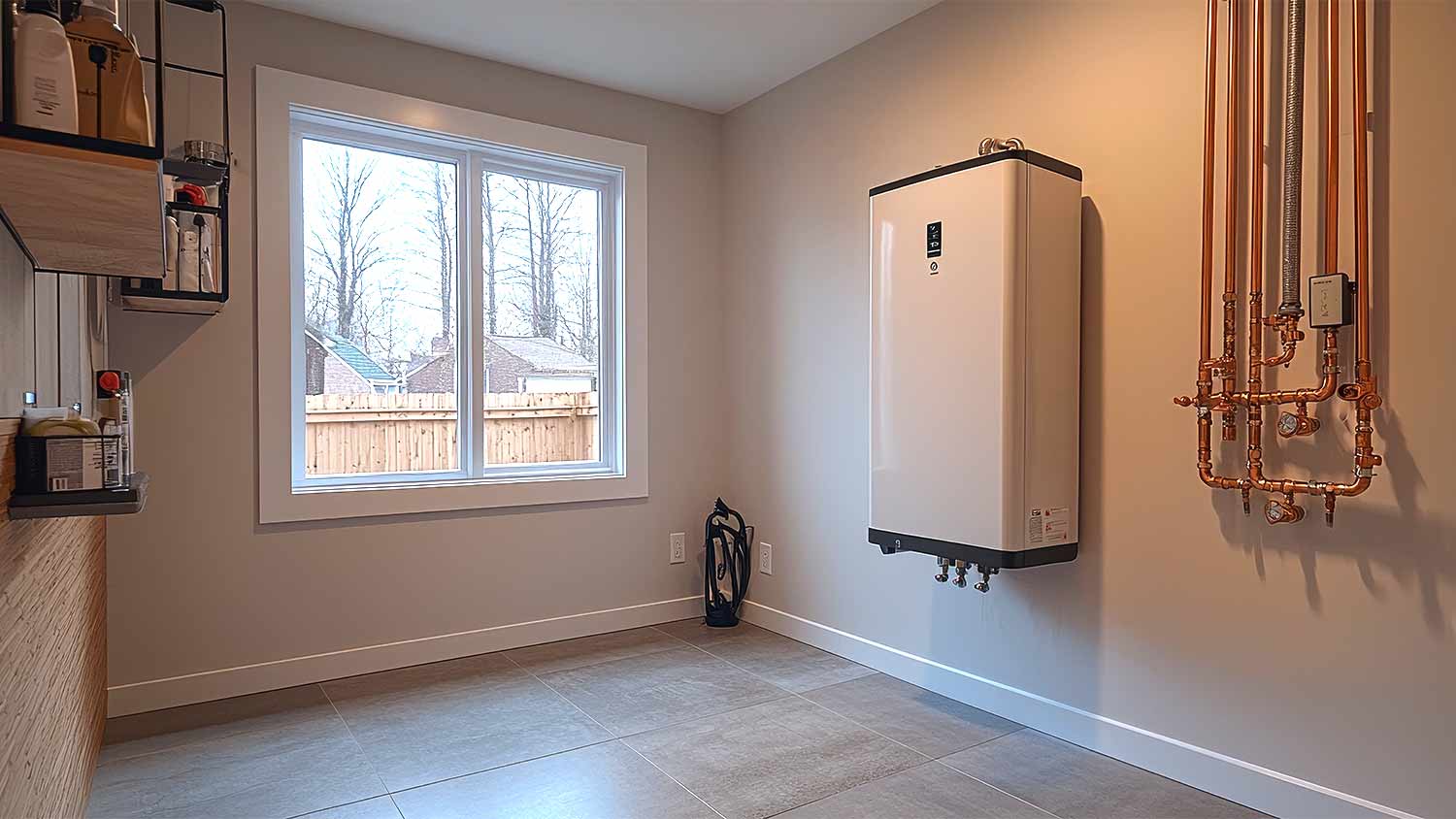
Are you ready to replace your home's water heater? Learn how to replace a gas water heater and whether it's best to DIY or call a pro.

Does your water heater always turn off? Here’s how to diagnose the problem.

What size water heater you need depends on the number of people in your household and how much water you use. Keep reading to learn about water heater sizing.